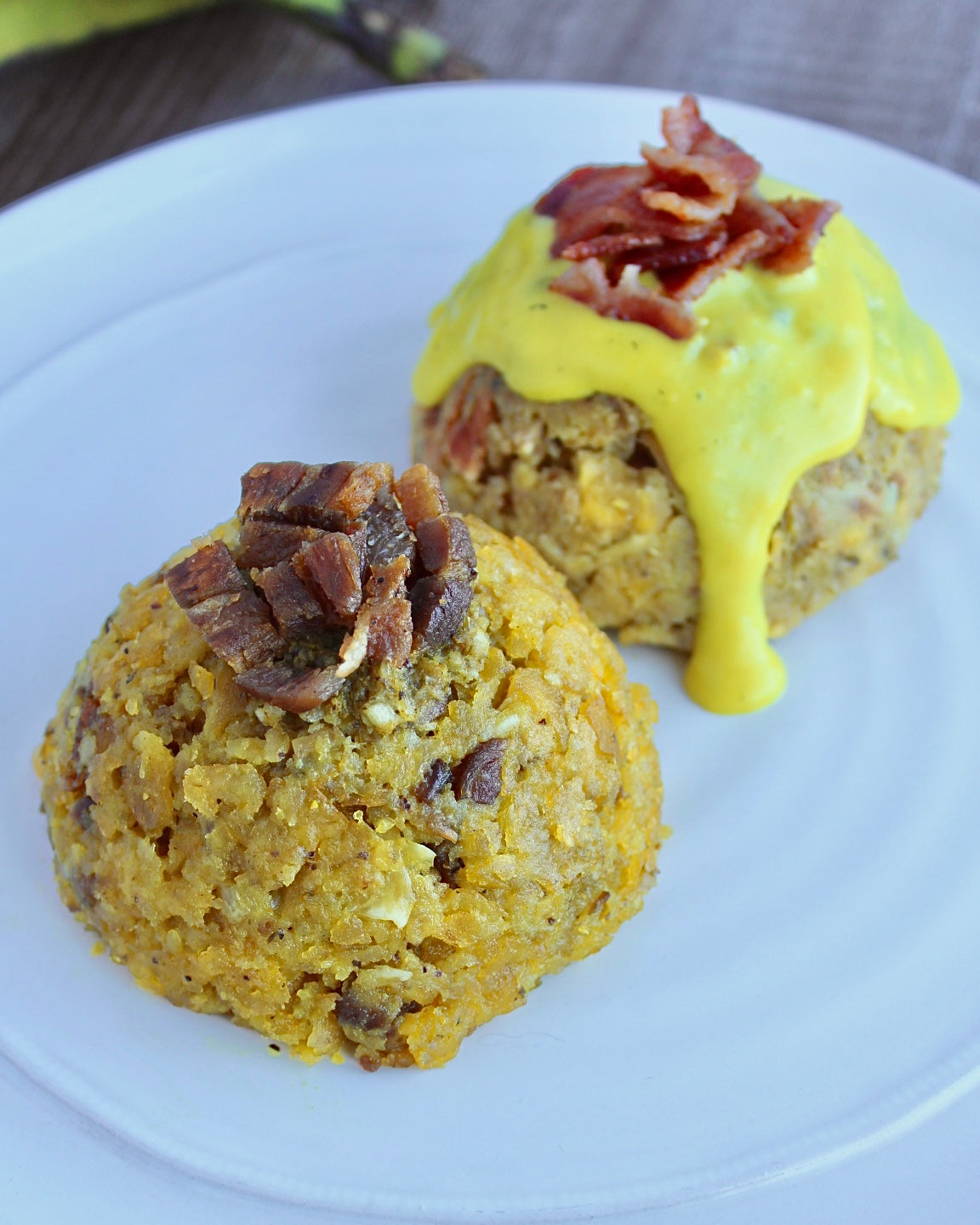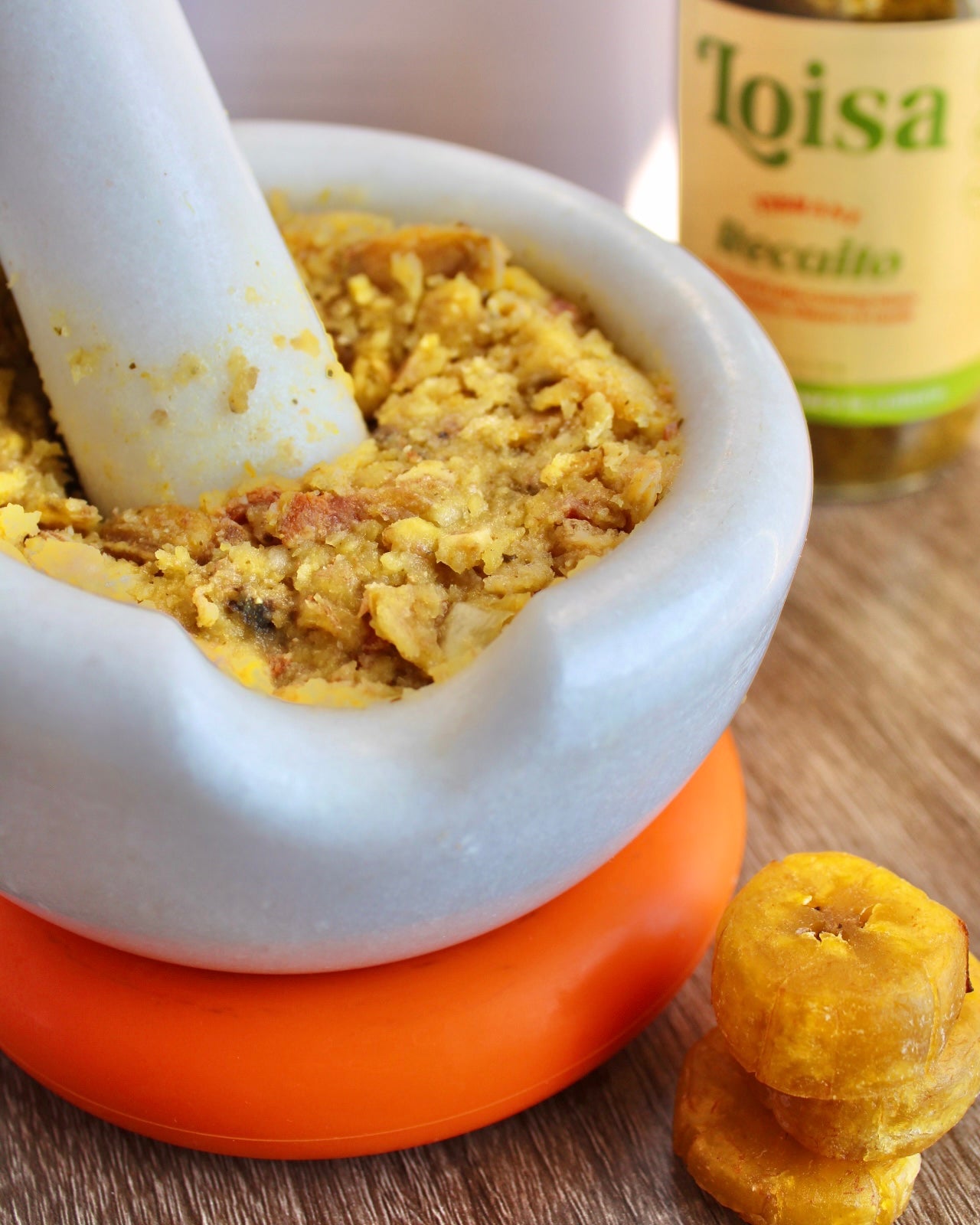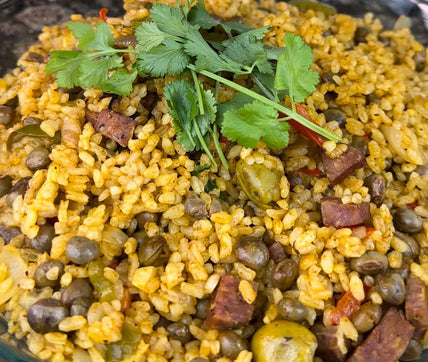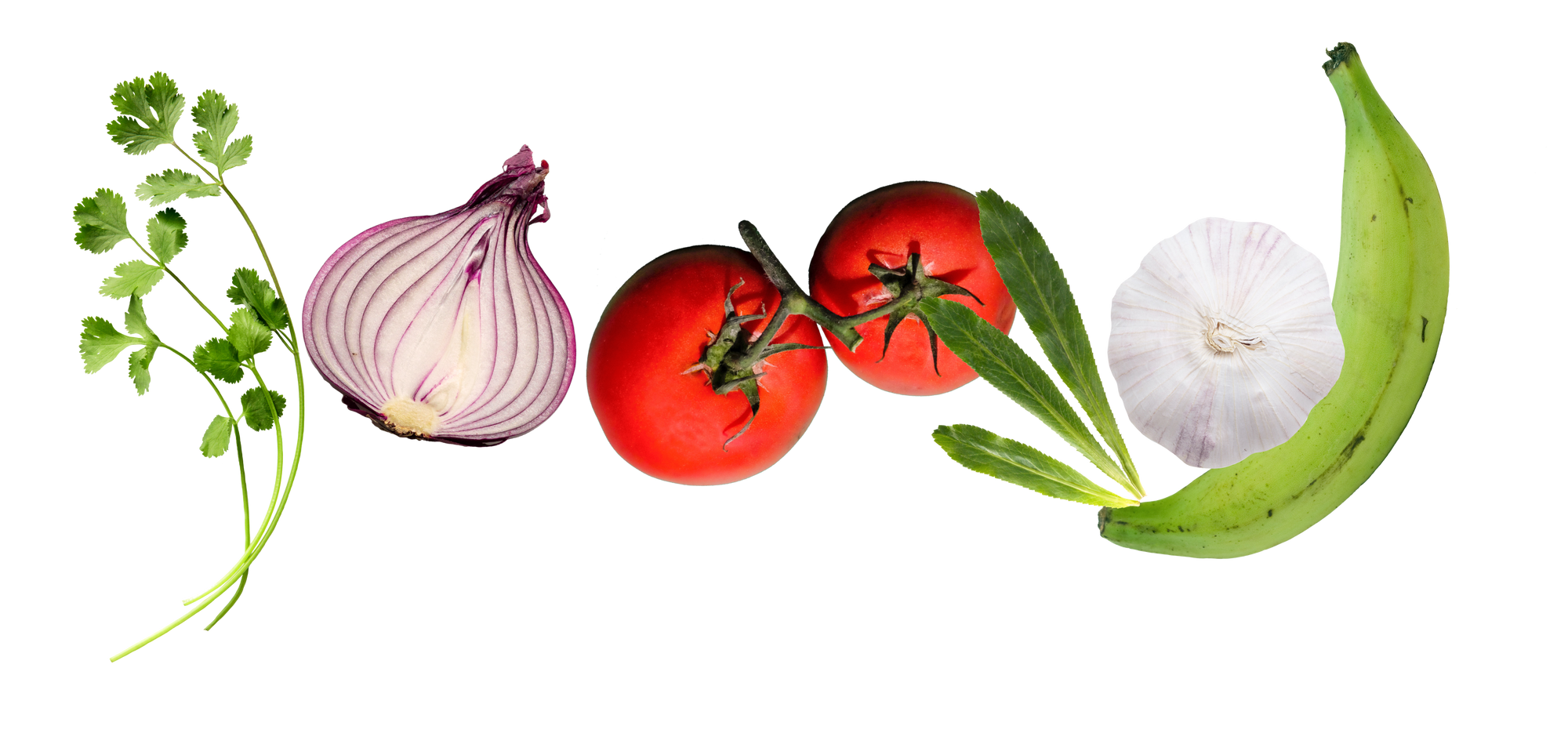
Two Ways to Make Mofongo
Two ways to make this classic Caribbean dish, baked and fried!
By: Franchesca Livraghi | @breakthrukitchen
Mofongo is a traditional Puerto Rican recipe that comes together in under an hour with just a handful of ingredients! Preparing mofongo is simply done by mashing green, unripe plantains with seasonings like Loisa's Recaito and Organic Adobo, along with meat and butter. The dish is commonly served with chicharrones (crispy pork cracklings) or camarones guisados (shrimp stew). Although mofongo is a dish originating in the Caribbean, we have our African ancestors to thank for its inspiration.
African History and Mofongo
Mofongo finds its roots in West Africa, particularly in a dish called fufu, which is a staple there. Fufu is made by boiling starchy vegetables like cassava, yams, or plantains and mashing them into a smooth consistency, and is served with soups or stews. Enslaved Africans in the Caribbean drew inspiration from fufu when they created mofongo. Instead of boiling, they fried or baked green, unripe plantains before mashing them.
While mofongo shares similarities with fufu in preparation and texture, it has its own unique taste, reflecting the creativity and cultural blend of the African diaspora in the Caribbean.

Why you’ll love this recipe
Fried vs. Baked Mofongo
Mofongo can be made in both the fryer and in the oven. The main differences between fried and baked mofongo are:

Recipe tips and tricks for mofongo
Common Preguntas
Can I make mofongo without a mortar and pestle?
Using a mortar and pestle is the traditional way of preparing mofongo and will get you the best results. In my experience, Loisa’s granite mortar and pestle helps make the process extra smooth. But if you don't have a mortar and pestle on hand, I recommend using a food processor as an alternative. However, be mindful not to over process the mixture, or it can become too mushy and ruin the texture of the mofongo.
Can I use ripe plantains instead of green ones?
Green plantains are preferred for making mofongo because of their firmer texture and lower sugar content, resulting in a less sweet and more savory mofongo. However, you can mix things up and make mofongo with a combination of ripe and unripe plantains for a flavorful combo. The texture will be different from traditional mofongo, and I suggest you add any broth or butter to the mixture slowly to prevent it from becoming too soft.
Should I use butter, oil, or broth to make mofongo?
This is the most highly debated question when it comes to mofongo! I prefer to use room temperature butter in the classic fried mofongo recipe because it adds richness and texture, but you can substitute for oil if you prefer. You could also use chicken or beef broth for a lighter option, which is what I opted for in the baked mofongo recipe.
Can I make mofongo with no oil?
Yes, you can make mofongo with no oil by using the baked mofongo recipe and omitting the oil when baking the plantain slices. This will result in a healthier, lighter alternative to mofongo that’s a perfect weekday lunch option.
Can I use the air fryer to bake mofongo?
Yes, the air fryer will work great to cook the plantain slices for mofongo. The air fryer will also create some delicious caramelization that you wouldn’t really get using the oven method.
What are some common toppings for mofongo?
Traditional toppings for mofongo include mojo sauce, crispy pork cracklings (chicharrones), cheese sauce, bacon, pork rinds, avocado, and pickled onion.
What kind of meat can I mix into my mofongo?
You can mix any kind of meat into your mofongo. Some popular options include crispy pork cracklings (chicharrones), shredded or diced pork, bacon bits, chorizo, shredded chicken, ground beef, or even seafood such as shrimp or lobster.
What do I serve with mofongo?
Traditional Caribbean dishes like stewed meats or fish pair perfectly with mofongo. You can also opt for lighter options like grilled fish or salad.
How do I store mofongo?
To store mofongo, let it cool, then refrigerate in an airtight container for up to 3-4 days. For longer storage, freeze individual portions on a baking sheet, then transfer to a freezer bag or container for up to 2-3 months. Reheat in the microwave or oven when ready to enjoy.




